“A child’s play is not simply a reproduction of what he has experienced, but a creative reworking of the impressions he has acquired” – Vygotsky
For young children, play is a full body experience that helps them develop skills they need later in life. Not only does play develop gross and fine motor skills, it also allows children to build their mental and emotional state. University of Denver researchers, Elain Bodrova, Carrie Germeroth and Deborah Leong, found that children teach themselves to regulate their emotions and think before they act when they play. As a result, playing helps children to build their social skills and become the kind of adult who is able to thrive in a variety of environments.
In Early Childhood Development it is important to include play in the classroom. Teacher-initiated play allows for inquiry-based learning to develop within the schooling system. Children do not realise how much learning is taking place in a play-filled classroom environment. At the same time they are also developing critical thinking skills, creating opportunities for increased language and vocabulary, expanding on their knowledge and increasing their social awareness.
The aim of play within the classroom is to allow children to ask questions, express themselves, collaborate with others and take risks. At the same time, children maintain their natural curiosity and do not lose the excitement of learning. A classroom that demonstrates a play-based approach to learning is a joyful environment that allows for meaningful social interaction and children being actively engaged in their own learning.
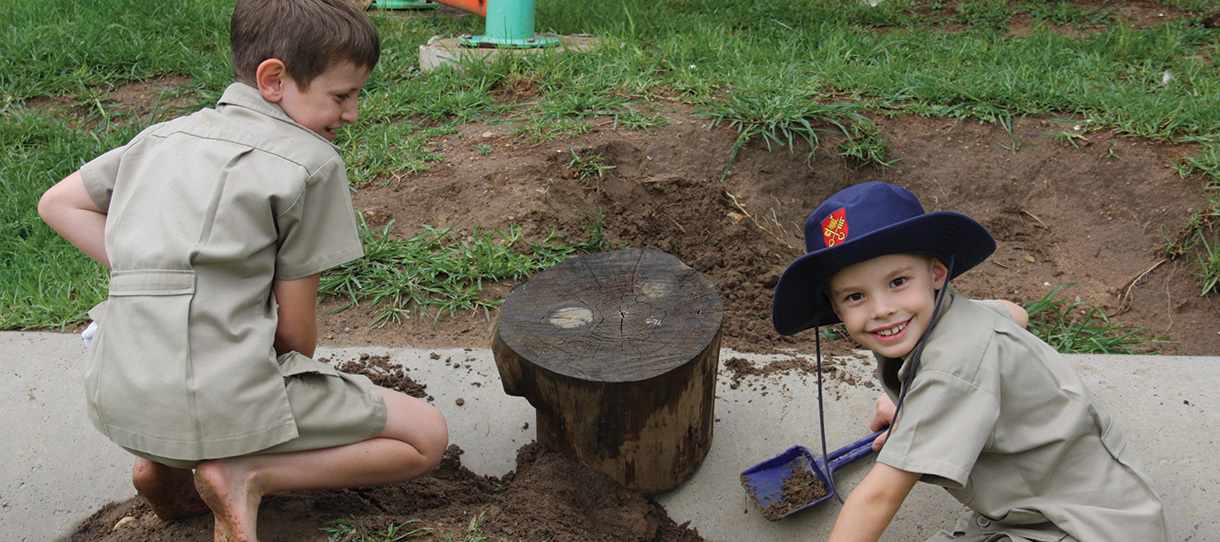
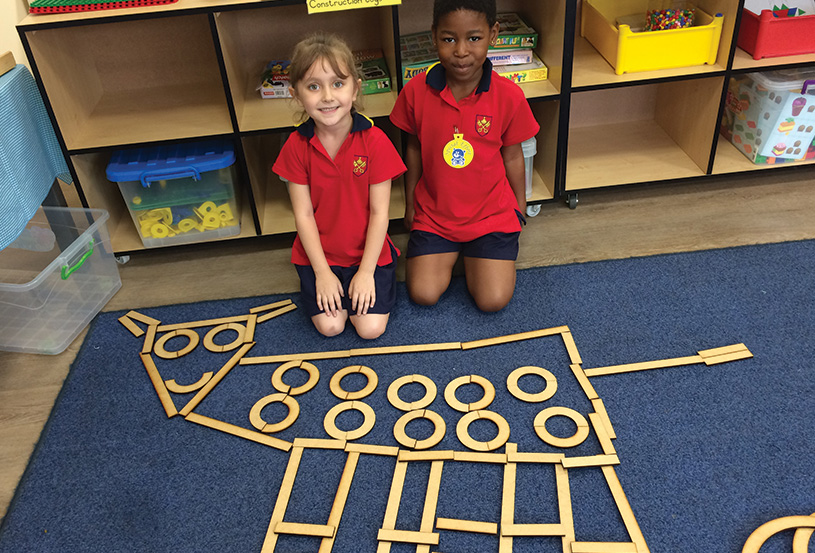
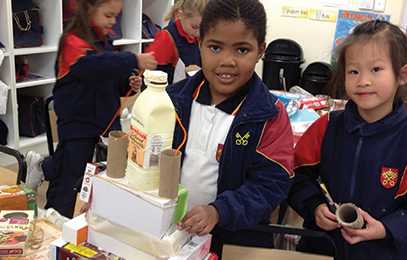
“Play is a critical part of childhood and without play children will not develop appropriately”
-Piaget
Although there are numerous benefits to learning through play, these are the three most significant ones are:
- Play Encourages Communication – it allows children the opportunity to develop speech and language skills, grows vocabulary and encourages listening.
- Play Improves Cognitive Development – children who play demonstrate more sophisticated levels of interaction with others.Bergen, D (2002) found that there is a connection between cognitive ability and high quality pretend play.Children who are deprived of play are less able to solve problems, struggle with social interaction and find academic difficulties, particularly in relation to literacy, maths and science.
- Play Encourages Relationship Building – children who play with their peers and adults, learn how relationships work through their interactions. Social skills are a vital part of language development, as language is so much more than the spoken word. Emotional development takes place through play and children learn the importance of self-regulation and expression.
Play-based learning needs to be catered for in the classroom environment to ensure that quality learning takes place. Teachers need to know what play is, why it is important, as well as how to implement and assess a play-based programme. To provide quality play experiences the learning environment needs to be intentionally planned:
- A physical environment– the physical layout of the classroom space, furniture and resources need to be considered.Activities and materials need to be arranged in a way that is accessible, provoking and inviting, so that exploration, learning and inquiry can take place.
- The emotional environment– children need to feel secure and trusting relationships need to be developed with their teacher. This will allow the child to feel supported in his explorations and risk taking.Some children will need the teacher to assist them to develop friendships and regulate their behaviour. This in turn will set the social tone of the classroom.
- The intellectual environment– there are times that children can experience free play and times of intentional play.Conversations through well-structured questions or inquiry will extend a child’s learning experience and lead towards intellectual stimulation, encouraging a sense of wonder.
- The time available– teachers need to use time available effectively for play-based learning to allow for optimal development of skills.These blocks of time will allow for ideas to develop and creativity to flow.
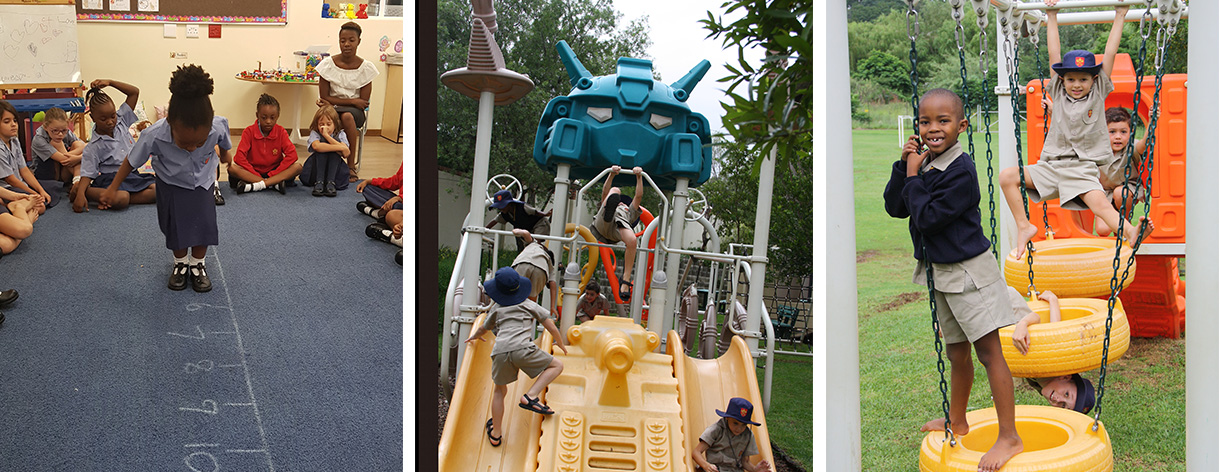
In our society today, many children are over-scheduled, both at school in the morning and at home in the afternoons. The “business” of our day is worn as a symbol of pride. The over-scheduled child is often stressed and anxious. They are unsure of how to use downtime effectively and play becomes minimalised and ineffectual. To counteract these busy days, time for free play needs to be given and time outdoors encouraged. Laurel Bongiorno identified ten things parents need to know about play:
- Children learn through play.
- Play develops a healthy lifestyle.
- Play reduces stress in children.
- Play is more than meets the eye; it is both simple and complex.
- Parents need to make time for their children to play.
- Learning and play are intertwined.
- Children need to play both indoors and outdoors.
- The power of play cannot be underestimated.
- Play comes naturally to children – they do not need to be consistently entertained.
- Learning is reinforced through play.
As adults involved in the education of our children we need to be aware that play is not only special and fun, but one of the most important means by which our children learn. If play were to disappear from childhood, the lasting impact on a child’s development would be compromised. Physically, socially, emotionally and intellectually our children will be stunted. The development of imagination and creativity would be short lived. The capacity for effective communication would be reduced. It is time for us to invest in play.
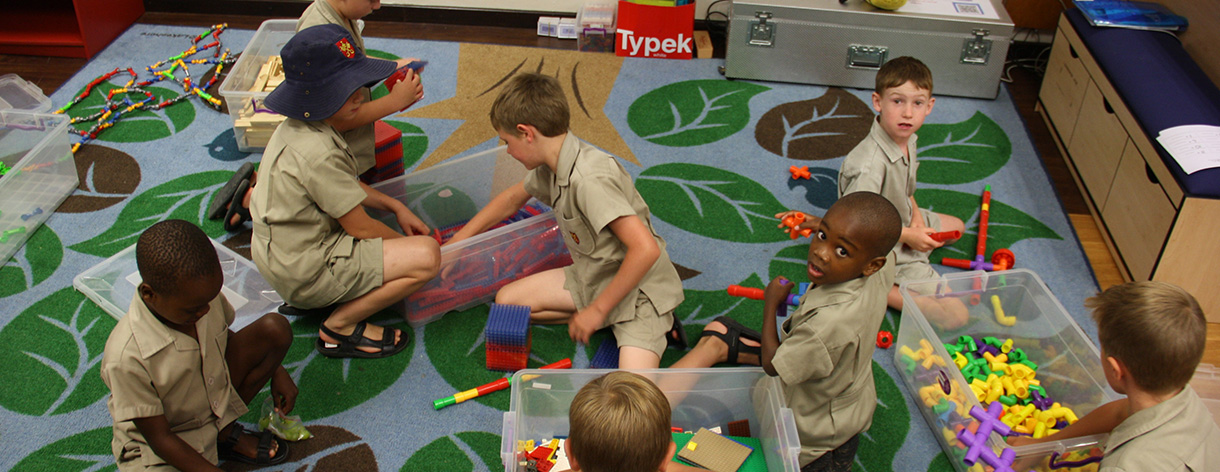
Joburg Style chatted to Kenda Melvill-Smith, who is the Junior Pre Head of St Peter’s Boys Prep School since 2011, on the school’s eduction philosophy. She has been involved in educating young minds for the past 33 years. Her passion is creating a secure, fun filled environment where a sense of wonder for learning is established and the interest of young children is enhanced by the skills they acquire. Kenda believes the early learning years form the foundation for future successes within the next generation.
- How would you describe the essence of the St Peter’s Prep schools?
At St Peter’s Prep Schools we recognise and develop individual potential and work at preparing our children not only for high school but a changing world. We promote the teaching of traditional values with Christian Spirituality as our core ethos. The learning environment at the schools is happy and informal, but professional – with a focus on growing a caring and supportive community. In a nutshell, we are a family that helps grow young people, based on Christian values, for their big futures.
- Tell us about the ‘thinking techniques’ you promote throughout the prep schools?
St Peter’s is an accredited Thinking School through Exeter University (UK); as a result we promote a variety of Thinking Skills within the school. Our curriculum is scaffolded from Gr 0-7 and includes David Hyerle’s Thinking Maps, De Bono’s Six Thinking Hats and CoRT Tools, Ron Ritchhart’s Thinking Routines and Blooms Taxonomy. Teachers are encouraged to create a culture of thinking within their classrooms by using the thinking tools in an authentic manner. The objective is to increase the level of high order thinking within our students.
- How are these thinking techniques integrated into the school curriculum?
Thinking Skills at St Peter’s is driven by a committee; with ongoing training of teachers and the sharing of ideas is encouraged. We believe that developing and preparing Thinking Skills within the curriculum is essential to ensure it is maintained within the classrooms. The cultures of thinking, within the schools, ensure that a group’s collective as well as individuals thinking is valued, visible and actively promoted as part of the day-to-day experience of all students.
- How do you believe that single-sex schools benefit learners?
Although the curriculum and skills taught within single-sex schools (monastic) may be similar, the approach towards teaching is different. The methodology used is geared towards an approach that suits either boys or girls and meets their developmental needs appropriately. The Units of Inquiry (Themes) are linked to the interests of either boys or girls and classroom practices rely on research with regards to how best to approach either boys or girls within their learning environment. Teachers are able to adapt their teaching to meet the physical, emotional and academic needs of the gender they are teaching.
- How does the Boys Prep school differ from the Girls Prep School?
The ethos and vision at both the Boys and Girls Prep Schools remains the same. The difference is evident within the teaching practice in the classroom. As explained above.
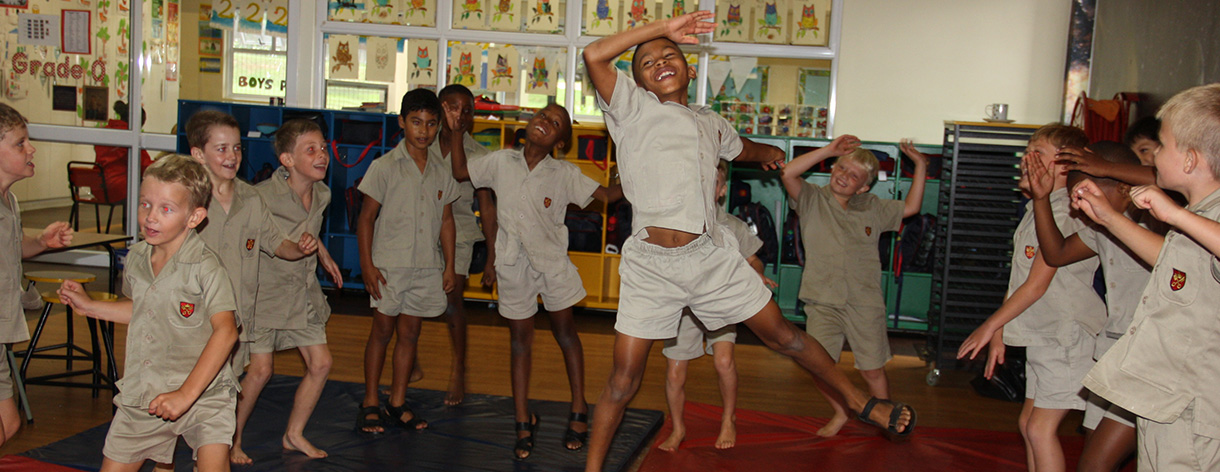
- Young children have access to so much information and technology now (both good and bad), how do you assist learners to deal with this?
At St Peter’s we believe that we need to teach our children from a young age about the appropriate use of technology. As a result we actively teach Digital Citizenship as part of our IT curriculum. A number of parent talks are presented throughout the year with topics that address the impact of screen time on our children.
- How do you incorporate/balance new technology with traditional learning?
Technology is integrated into the curriculum and used as a learning tool for our children. Once a skill has been taught and mastered, pupils are given tasks that will require the implementation of the skill to a specific topic or subject. We believe that technology cannot be taught in isolation. At the same time the teaching of core skills is deliberate and intentional. This makes it easy to marry technology with the more traditional yet innovative approach to learning.
- How important are the school traditions for each school – what are some traditions that St Peter’s is most proud of?
St Peter’s Boys Prep School will be 70 years old in 2020, during its history a number of school traditions have been upheld. The Girls Prep, which is much younger, has embraced some of these traditions and started others of their own. As the Chapel is the centre of our school a number of our traditions are based in the Anglican faith. Within the Boys Prep there is a strong Old Boy’s community which ensures the spirit of the school is upheld. Boys earn ties for dedicated involvement in a number of areas within the school. These are worn with pride and even filter into the workplace over time. The House Master system at the school ensures that the pastoral needs of the boys are met at the same time these teachers tell the younger boys many “stories” from the past. The Leavers, at the end of their Grade 7 year, uphold a number of traditions from a formal dinner to their final Eucharist. As with most older schools the school ghost is hunted down at every evening function! At the Girls Prep, the leavers are invited to an annual tea to share their experiences after leaving St Peter’s. Although still young, there is a very strong Old Girl’s community who visit the school regularly and are part of maintaining the schools traditions. Bi-Annually all the staff at St Peter’s are involved in a Staff Variety Show these shows are the highlight of the calendar and parents from past years as well as current parents attend this event. At the end of the year we host our Sunset Carols service which is attended by over 3000 people from within the larger community.
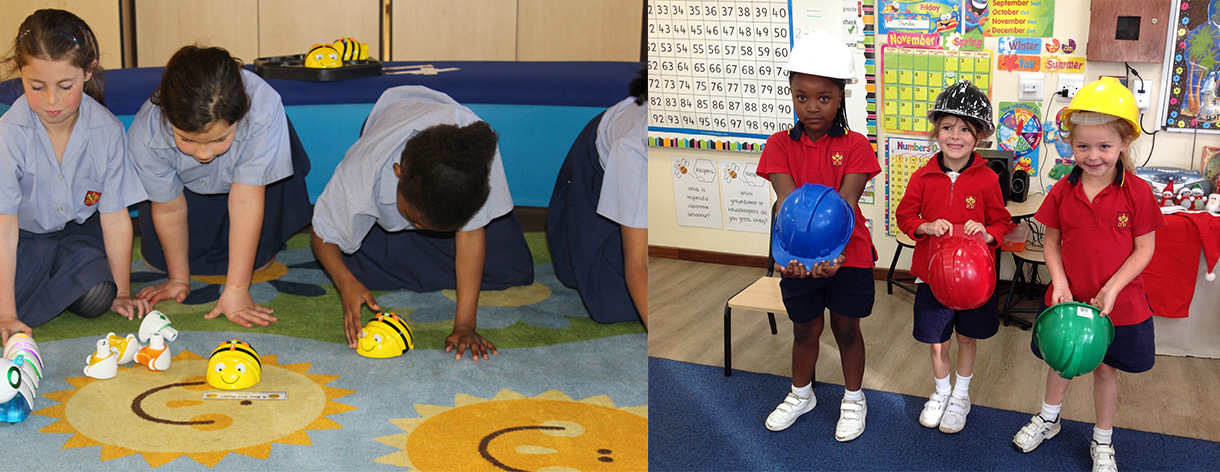
- How long ago did the Girls Prep School open? – What motivated the opening of this separate school?
The Girls Prep School opened in 2006and has run successfully for the past thirteen years. It has been so successful that an additional class has been added every year. With this growth, it is good to know that there are limited spaces available in certain grades. By 2020 it will be the same size as the Boys Prep. You can imagine that when St Peter’s Boys Prep first opened it was a farm school in a rural area and there was a need for boarding as most of our boys who attended the school were boarders. As Johannesburg crept closer to the school property the need for boarding diminished. In communication with our parent body it was decided to convert the two large boarding houses into St Peter’s Girls Prep School.
The motivation for the Girls Prep was that we could provide single-sex education on the same property which would be convenient for families with both boys and girls but who wanted the single-sex approach towards learning.
- What sporting activities are available in the Prep School?
The all-round development of the child is a principle that underlies our philosophy at St Peter’s. As a result we offer a wide variety of sporting activities at both the Boys and Girls Prep. We include both team and individual sports in our offer. Both schools encourage maximum participation and believe in the need to include all pupils which means that on occasions we can host up to six teams for some sports.
Boys – cricket, football, rugby, hockey, basketball, water polo, tennis, swimming, athletics, cross country, squash and climbing
Girls- netball, hockey, water polo, squash, tennis, swimming, athletics, cross country and climbing
- What cultural activities are available in the Prep School?
As with sport we offer a vast and varied cultural programme within both schools. Music is part of the curriculum and we also have 13 individual instrumental offerings to choose from. We have a number of choirs (the school has 6 large choirs with more than half our children involved) who perform on a regular basis. Many of our pupils play musical instruments and are part of a music ensemble. Annual drama productions take place and dance/movement is taught as part of the school curriculum.
- How does the admissions process work with each school? – How long are waiting lists and when should parents apply?
The sooner a parent applies the better their chances of being offered a place at the schools. We have a number of applications in-utro, with some parents not even aware of the sex of their child yet! That being said with the number of schools that have opened in Johannesburg over the past few years the pressure of finding a school for a Gr0 child has eased. So it really is never too late to put your child’s name down on the waiting list.
With regards to admissions we have a specific point system which is used to allocate the application form on the waiting lists. We have an online application form under Admissions on our website: www.stpeters.co.za
- Do applicants write admission tests?
Applicants complete an entrance screening for Gr0. This is a fun and informal process which assists the school with class placement or guiding parents who are unsure of their child’s readiness for school.
From Gr1-7 the child will spend a day at the school with his/her peers and a few assessments will be conducted to assist with the placement of a child. St Peter’s is not an academic exclusive school so the aim is not to place the “cream of the crop” but rather to ensure that the system is the correct one for each child.
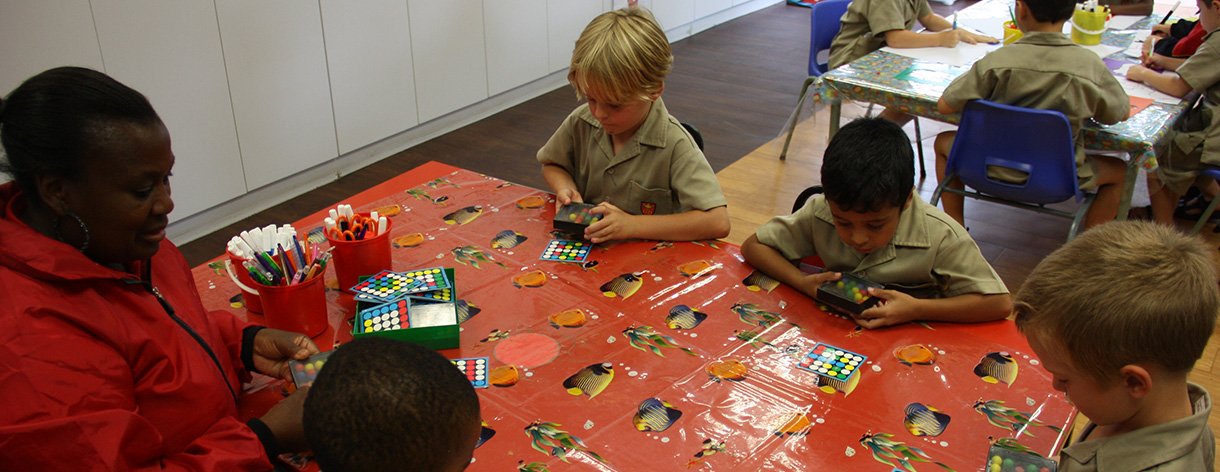
- How many foreign learners vs South African residents do you have in the schools?
40 foreign learners/1122 SA residents
- How many learners in a class and how many classes per grade?
In Gr0 we have four classes with +/- 20 learners in a class, these classes then feed into three classes of 26 from Gr1 -7. In the Junior Prep each class has an Intern who assists the class teacher and provides another pair of eyes, ears and hands to the teaching process. Our Interns are all young people from previously disadvantaged backgrounds that want to pursue a career in teaching. In the higher grades there are a number of Interns to assist within the classrooms. Or teacher/pupil ratio is 13/1with a number of teachers teaching the specialist subjects on offer.
- Why, in your opinion, should parents consider enrolling their children in St Peter’s as opposed to trying other education methods like home schooling/co-ord schools/ public schools etc.?
Because St Peter’s has the balance of being both traditional and on the cutting edge of new educational initiatives it is appealing to a number of families. The Christian ethos ensures that we hold values and character development in high esteem, which in term lends itself to preparing our children for a rapidly changing world. The practicality of offering single-sex education on the same campus with the traffic volumes we deal with daily makes the school a choice for parents who are seeking the monastic approach to learning.
At the same time the learning environment at both schools is stimulating and fun with children being encouraged to engage in their own education with creativity and curiosity. A school imperative is to invest in the staff as they are recognised as the key resource required for academic success.
St Peter’s enables children to get the most out of their childhood whilst preparing them for tomorrows complex world, by leveraging the power of AND not OR. By this we mean we offer Academics AND Sport AND Culture; we are professional AND informal; promote confidence AND teach humility; we teach responsibility AND we have fun in our learning; we give individual attention AND we encourage giving back to community; we have heritage AND a forward, pioneering approach to thinking; we are truly South African AND can be compared to International standards.
The fact that we build our educational philosophy on five pillars: Spiritual, Academics, Cultural, Sport and Emotional, means that the needs of each individual child is met.
We are a preparatory school, preparing children for high school and beyond. 99% of our children get into their high school of choice.
St Peter’s Prep Schools is a community that encompasses a feeling of family and encourages involvement from all stakeholders.
- What would you most want prospective parents/learners to know about St Peter’s Prep Schools?
St Peter’s Prep Schools are “Ahead of the Game, Behind Every Child”.
In your comments, please refrain from using offensive language and unnecessary criticism. If you have to be critical, remember – it must be constructive.

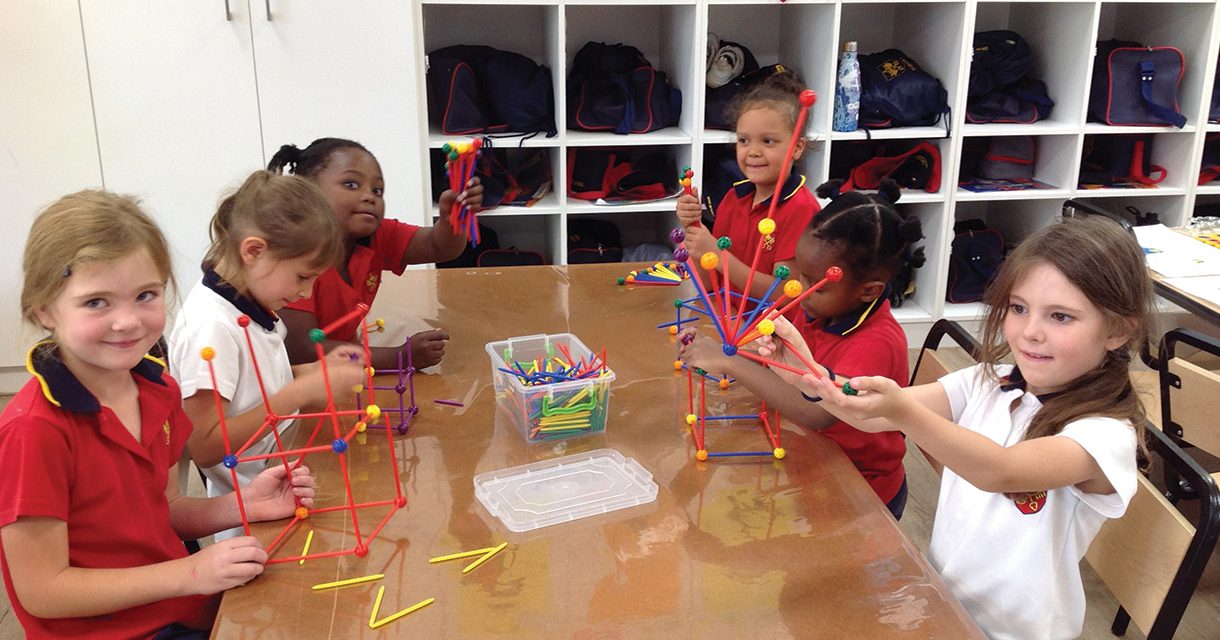



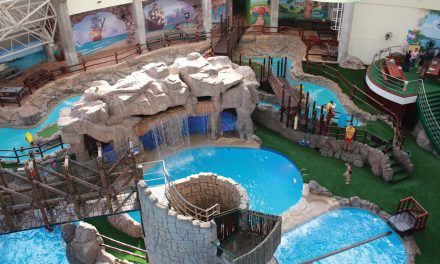


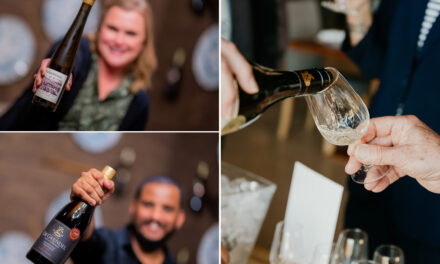









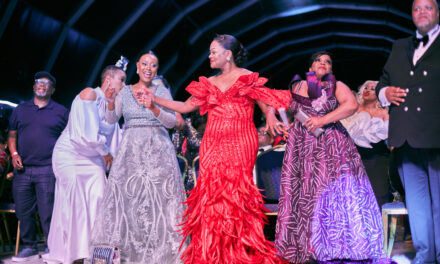


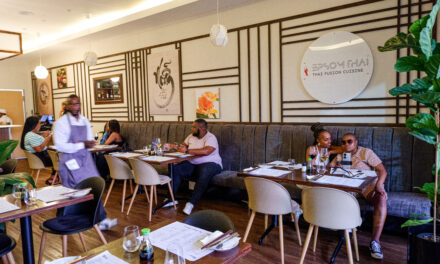







0 Comments